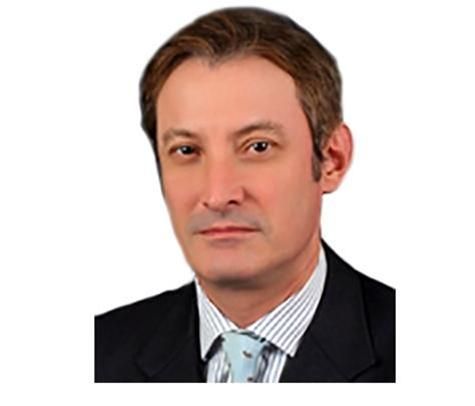YOU HAVE TO enjoy the fabulously entertaining spectacle that is the fight to win the title of Asia’s richest person. Following the IPO last year of his online retailer Alibaba, that title went to China’s Jack Ma. The physically unprepossessing Mr Ma somehow didn’t look like what I imagined Asia’s richest man to look like.
Then again, just what is Asia’s richest man supposed to look like? I have the answer to that. He’s supposed to look like Li Ka-shing; lean and soigne, trademark offbeat square spectacles framing the wily face that has become iconic thanks to his owning of that title for most of the last two decades.
Mr Ma’s time at the top didn’t last long. He might have imagined that soon he would start to commandeer the epithet “Superman”, which had long been accorded to Mr Li thanks to the latter’s business acumen. But the incumbent Superman regained the top spot a few weeks back with a shrewd restructuring of his sprawling businesses.
Shares in his holding company Cheung Kong and flagship Hutchison Whampoa surged on the back of the move, netting him a paper gain of around US$3bn and allowing him to eclipse Mr Ma. The 86-year-old Mr Li will merge the two companies, so the official explanation has it, to rationalise his business before he hands over the reins to his oldest son Victor.
Whatever the stated rationale, I imagine that a lot of the motivation was to offer a figurative slap to the young whipper-snapper Jack. And you have to admire that undimmed competitiveness in the much older man. The Cheung Kong-Hutch merger, which will create a new company CK Hutchison Holdings, was codenamed “Project Diamond” in the run-up to its announcement on January 9. I think I get the meaning.
Just what is Asia’s richest man supposed to look like?
HE REALLY LIKES dealing in superlatives does Mr Li, no more so than in the capital markets, where Hutchison has regularly, since the beginning of the last decade, brought the biggest offshore bond deals that invariably repriced Hutch’s curve and were timed impeccably.
This was last done as recently as November when a US$5.4bn dual-currency bond, comprising dollar and euro tranches, hit the tape. Hutch’s treasury team, led by the sly Frank Sixt, pulled the trigger on the deal just ahead of an FOMC meeting that was sufficiently hawkish to prompt a near 10bp rise at the front end of the US Treasury curve. By that time, Hutch had comfortably got its money from the market, with the deal priced in a single day.
And just a few weeks ago, Cheung Kong announced what represents Asia-Pacific’s biggest syndicated loan, tabled at US$9bn-odd, and denominated in pounds sterling for the O2 bid. Why not? As a loan banker you’re unlikely to get an ear-bashing for booking Li Ka-shing risk and much the same is true for asset managers and prop traders who purchase what might appear to be somewhat rich primary paper.
In addition to the realisation of Project Diamond, Mr Li’s business has this month announced deals totalling US$25bn. These include the purchase of Britain’s biggest mobile operator O2, a British railway network and part of Sweden’s national power grid.
You can see the investment motivation – in the latter two cases to achieve regular, utility-like cashflow. Pundits also suggest that the consolidation move underlying the creation of CK Hutchison, which involved the spin-off of property assets, means that particular motivation will from now on be the core focus of the group.
IT WAS RATHER a splendid way for an octogenarian to herald the New Year and probably wiped any smile that had formed on Mr Ma’s face. But it raises the perennial question that hovers over some of Asia’s most successful companies: key-man risk.
Mr Li has for years been grooming his sons to take over the helm, and at some point it will happen, barring the unexpected (I suspect he secretly would like to tick the box of world’s oldest billionaire).
The sons are not the father and neither of them has stepped out of central casting to take on the Asian billionaire role. That’s not necessarily the be-all and end-all, although there can be little doubt that Mr Li senior has throughout his career brought a “je ne sais quoi” quality to his work at the company that might not easily be replicated.
Other key-man risks in Asia involving mega conglomerates include Lee Shau Kee’s Henderson Land, John Gokongwei’s JG Summit and Robert Kuok’s Kuok Group. All are companies founded on the back of hard work, vision and connections just after the Second World War and where an indomitable patriarch continues to lead the way.
Li Ka-shing rises at 6am every day, whatever the time of his turning in, eats a breakfast of congee and vegetables and then hits the golf course with legendary Hong Kong movie producer Raymond Chow, who is one year his senior. I am sure they had a few laughs over the richest man wheeze.
Perhaps Mr Chow, responsible for the introduction of Bruce Lee and Jackie Chan to global cinema, knows more about the succession plans than the market. I reckon the Li premium for size and pricing remains intact for a little while yet as will the title he covets with the passion of a man more than half his age.
